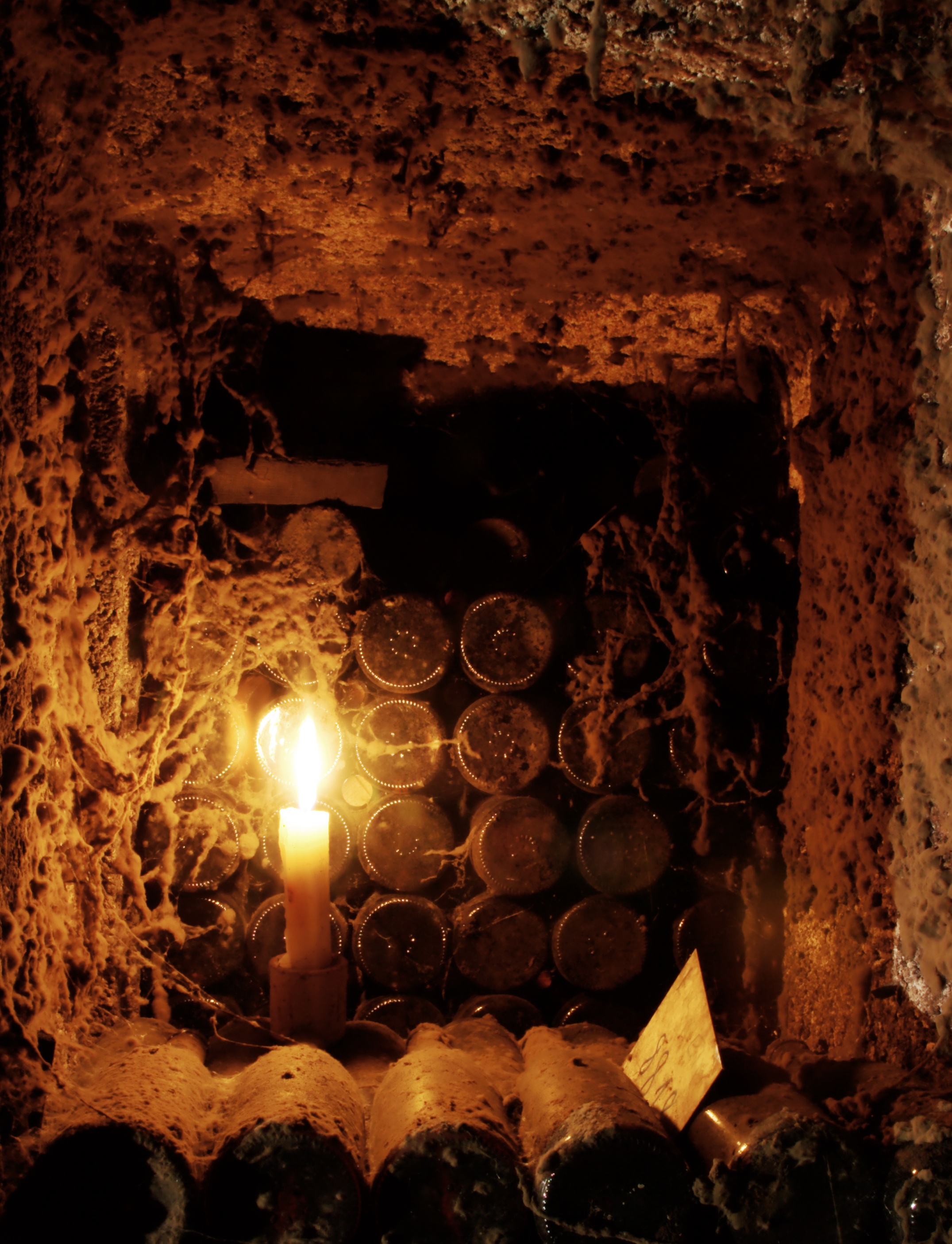The Beginner's Guide to the Art of Winemaking
- Introduction to Winemaking
- Wine Grapes: Varieties And Characteristics
- The Winemaking Process: Part 1
- The Winemaking Process: Part 2
- Understanding Wine Styles
- Sensory Evaluation of Wine
- Advanced Sensory Evaluation Techniques
- Wine Pairing Essentials
- Exploring Wine Regions: Europe
- Exploring Wine Regions: New World
- Organic and Sustainable Winemaking
- The Business of Winemaking
The Winemaking Process: Part 2
Aging and Maturation in Winemaking

Overview about the aging of wine.
In the world of winemaking, the processes of aging and maturation are crucial steps that significantly influence the final product's taste, aroma, and overall quality. This article will delve into the differences between these two processes, the role of oak barrels, the use of alternative aging vessels, and the impact of bottle aging.
The Difference Between Aging and Maturation
While often used interchangeably, aging and maturation are two distinct processes in winemaking. Aging refers to the length of time a wine spends in the barrel, tank, or bottle before it is released for sale. Maturation, on the other hand, is the process through which wine changes and develops over time, whether in the barrel, tank, bottle, or even after purchase.
The Role of Oak Barrels in Aging
Oak barrels have been used in winemaking for centuries. They serve two primary purposes: to add flavor compounds (like vanilla, toast, and smoke) and to allow a small amount of oxygen into the wine, which can help soften tannins and improve complexity. The size of the barrel, the type of oak used, the level of "toast" applied to the barrel's interior, and the barrel's age all influence the wine's final character.
Stainless Steel and Concrete Tanks
While oak barrels are traditional, many modern winemakers use stainless steel or concrete tanks for aging. Stainless steel tanks are completely neutral, meaning they don't add any flavors to the wine. They're often used for white wines or any wine where the winemaker wants to highlight the grape's natural flavors. Concrete tanks, on the other hand, are somewhat porous like oak, allowing some oxygen exchange, but they don't impart the same flavors as oak.
The Role of Bottle Aging
Once the wine is bottled, it continues to evolve. This is known as bottle aging. During this time, the wine's flavors can become more integrated and complex. Some wines, particularly those with high tannin levels or acidity, can benefit significantly from extended bottle aging. However, not all wines are meant to be aged and are best enjoyed within a few years of release.
In conclusion, the processes of aging and maturation are critical aspects of winemaking that significantly influence a wine's character. Whether a wine is aged in oak, stainless steel, or concrete, or allowed to mature in the bottle, each decision a winemaker makes contributes to the final product's unique taste and quality.